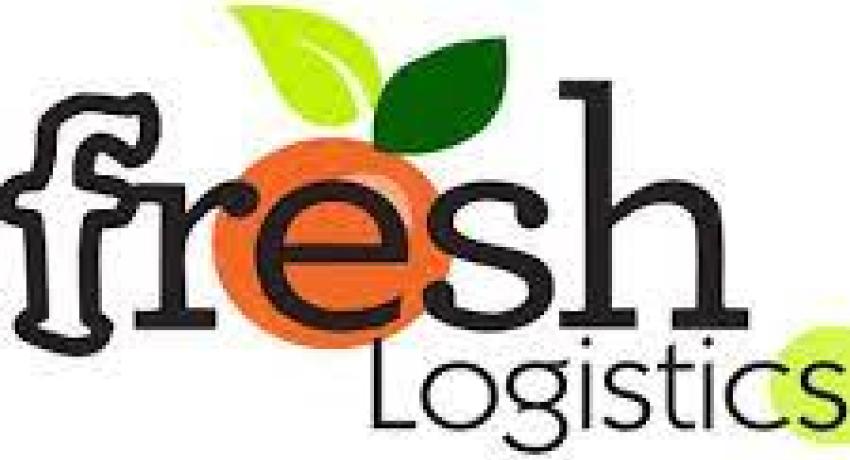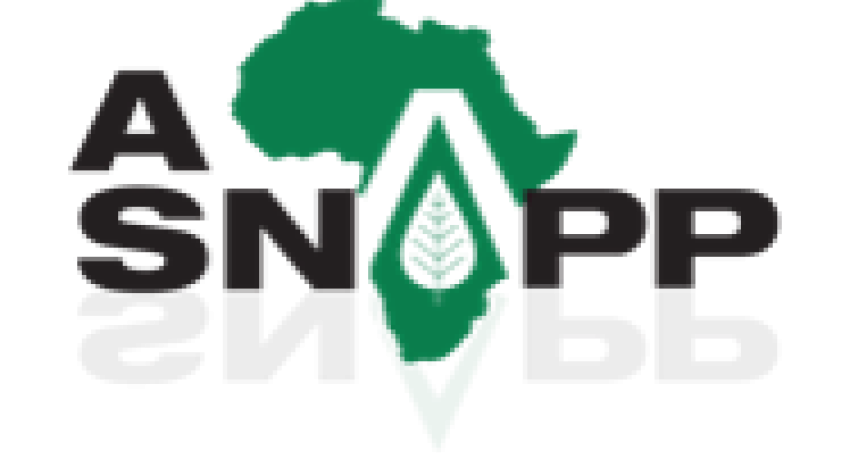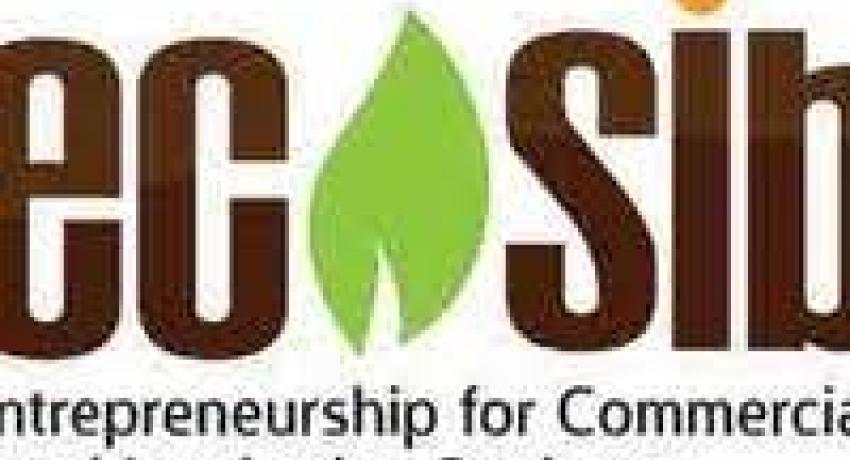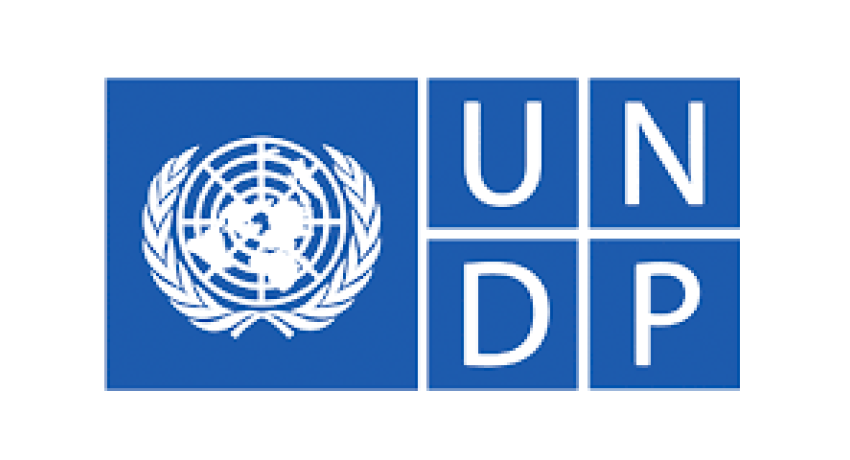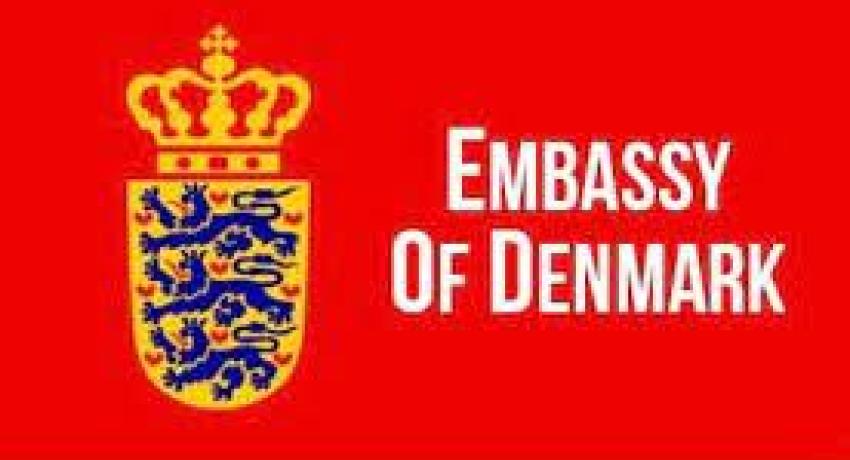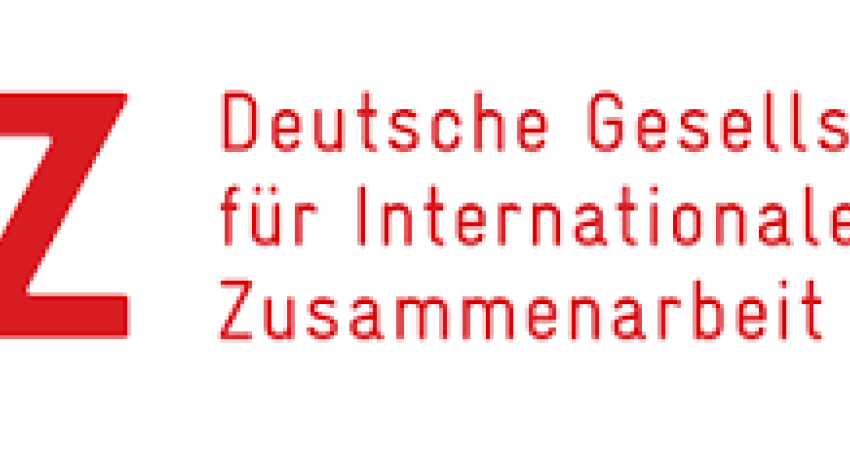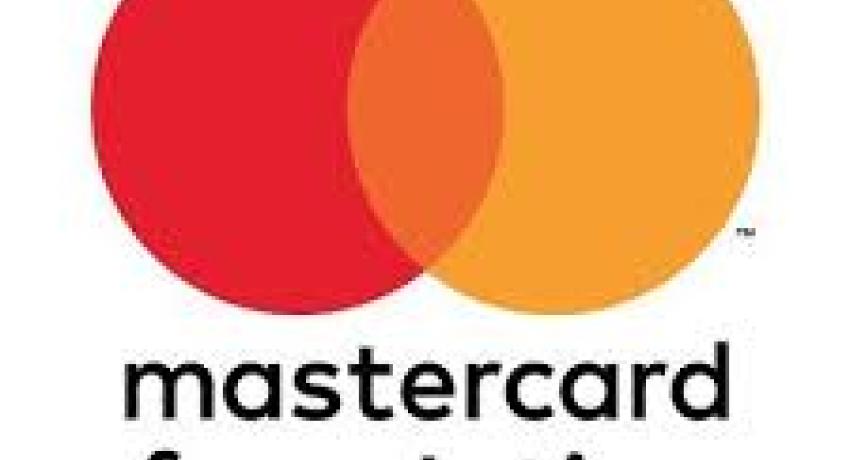Prima facie Evaluation by objectives
E2. Regarding the first objective, of reducing post-harvest losses, increase market access and incomes of onion value chain actors, it was noted that the project exceeded construction of family level stores by 240% (34 realised against 10 expected). The project had also other benefits like increase in staggered sales, due to storage which increased the farmers income by 100% to 400%, and Increase in onion bulbs sizes due to better cultural practices,. Based on these reported outputs, the evaluation team finds that the project was successful and met the outputs of the stated objectives and considers this as the most successful and visible aspect of the project as it demonstrated directly to the farmer various positive attributes of the project like the usefulness of adopting an improved store, potential for proper post-harvest handling and the economic benefits of adoption. The success of this component is highlighted by the increased demand for stores and the interest by the rural banks to base a warehouse receipt system based on individual stores for lending to farmers. Potential financiers like CIDA have also noted this catalytic effect at farm level and are shifting the emphasis from funding community stores to individual stores.
E2. The second objective was aimed at increasing access to finance by onion producers and other chain actors. A study which had been done in the study sites, found that about 93.4% of the farmers interviewed had not taken a loan facility of any kind from any financial institution, while 95.5% of the traders interviewed had accessed loan facilities. Only 30% of the input suppliers had accessed a loan facility from financial institutions. Onion traders seem to have increased access to financial services compared to the input suppliers and farmers. According to the overall results about 1837 farmers (73%) out the expected 2500 were trained on issues on access to acquisition of credit. The evaluation team based on results of the finance study and discussions with a rural bank and with farmers considers that the capacity building was in the right direction and that specifically tailored products like Onion storage facility loan product will go a long way in improving access by farmers.
E3. The third objective was aimed at strengthening the capacity of producers on Good Agricultural Practices. The outputs of capacity building objective exceeded the expectations by 26% and the objective was successful. Production of high quality onions by farmers is a prerequisite for the successful value chain and creates potential for regional and international trade. The farmers were supplied with illustrated posters and guides in French and English and the team considers these useful as they can be used in the future. However discussions with farmers indicated that these posters need to be translated into local languages as most of them cannot read or understand French or English
E4. The fourth objective aimed at promoting cross-border regional market access was implemented through a regional workshop. The workshop brought together representatives from trade and producer associations as well as buyers from the following countries: Ghana (8) Burkina Faso (23), Niger (3), Togo (3), Mali ((1), Senegal (3) Nigeria. (4), Cote D’Ivoire (4) ECOWAS Secretariat (1) and UNDP-AFIM (2)... These also included regional experts and other stakeholders who were also present to share their views on successful business models that have the potential to make onions from West Africa more competitive against those from Europe and
5 Asia. A total of 51 participants attended workshop. The AU the continental body has strongly called for promotion of regional and continental trade in agricultural products. For this to happen there is a need to address constraints which impede the potential in trade. In ECOWAS, although considerable efforts have been made to remove tariffs, there are still barriers to trade due to nontariff barriers. The consultant considers that the workshop was therefore timely, in bringing key regional stakeholders together and the implementation of the proposed action plans would go a long way in removing these barriers and increase the quantities in regional trade.

